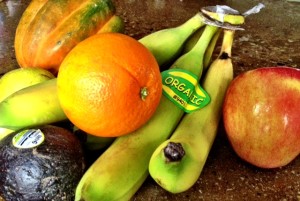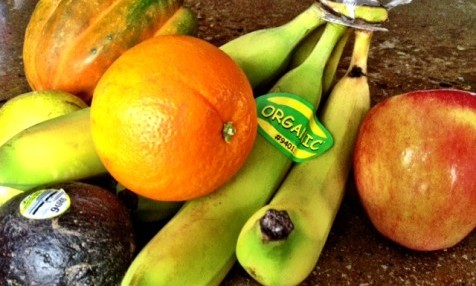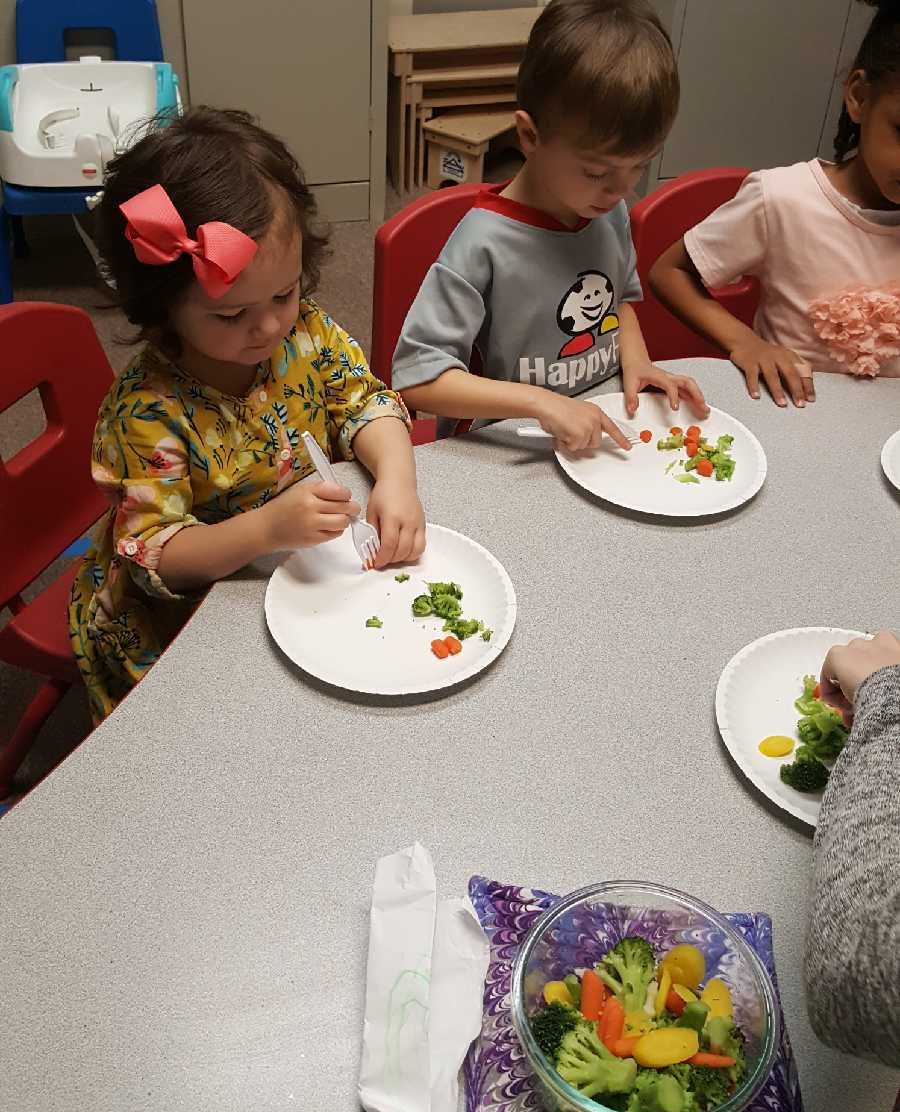Real Food Part 2 – Produce
 Perhaps the most obvious “real foods” are fruits and vegetables. I won’t belabor the benefits of fruits and vegetables because that is public knowledge (one thing the USDA and I actually agree on), but that doesn’t change that most of us still struggle to get them in, wonder how to use them, and have questions about quality. I’ll do my best to clarify some of these issues, and feel free to leave comments below if you have other real food quandaries.
Perhaps the most obvious “real foods” are fruits and vegetables. I won’t belabor the benefits of fruits and vegetables because that is public knowledge (one thing the USDA and I actually agree on), but that doesn’t change that most of us still struggle to get them in, wonder how to use them, and have questions about quality. I’ll do my best to clarify some of these issues, and feel free to leave comments below if you have other real food quandaries.
Before we get started, let’s make it clear that although they can have a place in the diet, veggie chips and veggie straws are not real food. Although they may have some level of vegetable content in them, they are still considered a processed food and are generally cooked in unhealthy vegetable oils. It’s better than many other snack foods out there, but let’s not confuse it with a real vegetable serving. The same goes for fruit juice. Although some nutrition is present, nothing compares to real, whole fruits and vegetables.
Getting enough:
In an ideal world every kid would eat their veggies and every adult too. But, even as an adult and as a dietitian, I still struggle to get in enough vegetables. (Confession: it’s 2:30 pm and I’ve had one serving of vegetables – yes, one). Especially with kids, for picky eaters (young and old) this can be a struggle.
How much do we need?
Children 1-8 years old need 1-2 cups vegetables and 1 c fruit
Children 9-18 years old need 2-4 cups vegetables and 1-2 c fruit
Adults 3-5 cups vegetables and 2-3 c fruit
(Don’t get too hung up on the servings- just try to eat more than you did yesterday)
Here are 3 simple ways to get more veggies:
1. Add vegetables like cucumber, kale, chard or spinach to smoothies at breakfast. Spinach, except for changing the color, can go undetected in smoothies. Kale and chard have a little flavor but not still work great! The extra fiber helps make smoothies more filling
2. Make 1/2 your plate vegetables (split other 1/2 between starch and protein). For many people this can double their vegetable intake! Remember corn, peas and potato are starches so limit intake of these to about 1/2 c at a time.
3. Add veggies like carrot sticks, cucumber, or cherry tomato to snacks.
Let’s break this down for an adult:
Breakfast: 2 c spinach in smoothie or 1 c cooked spinach or 1 sliced tomato = 1 servings
Lunch: 1/2 c roasted carrots & 1/2 c broccoli with butter = 2 servings
Snack: ~10 cherry tomatoes or 1 c raw carrots, cucumber, celery = 1 serving
Dinner: 2 c lettuce salad & 1/2 c green beans = 2 servings
THAT’S 6 SERVINGS!
How to cook vegetables:
Cook veggies any way you like them but always with fat. Yes, you read that correctly. Research shows that nutrients from vegetables are better absorbed by the body when eaten with fat. One study with low-fat and full-fat salad dressing showed those who ate salad with full-fat dressing absorbed more nutrients from the salad. Kids will usually eat vegetables better when cooked in real butter. It’s quick and easy to just saute sliced veggies in a pan with coconut oil or butter seasoning with salt, pepper and garlic. Keep it simple! When trying to get kids to eat vegetables remember they need lots of repeated exposure so serve a vegetable at every meal and every snack and don’t pressure them to eat. Also, remember that frozen vegetables have not sat in a truck in transit or on the shelf at the store so are able to maintain more nutrients. When you buy fresh vegetables, use them as quickly as possible.
Quality:
Just as all meat is not alike, not all vegetable sources are alike. There’s not enough time in this blog post to go into issues of soil depletion and pesticides, but as a rule of thumb, choose organic and local vegetables whenever possible. Also, it’s a good idea to avoid GMO foods as much as possible. This is particularly important for our kids with Autism. If you need more information on the downside of GMO foods check here.
Unfortunately most people have to make financial decisions when it comes to quality of food so if you can’t buy all organic produce, here is a list of the “dirty dozen” that you want to always try to buy organic and the “clean 15” that are okay to buy conventional.







Leave a Reply
Want to join the discussion?Feel free to contribute!